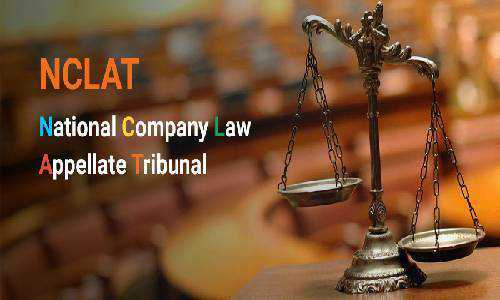
The National Company Law Appellate Tribunal ("NCLAT") has recently ruled in Rasiklal S. Mardiya v. Amar Dye Chem Limited that shareholders may still submit a request to accept a settlement with creditors even after the appointment of an official liquidator.
On the Board for Industrial and Financial Reconstruction's ("BIFR") advice, a winding up petition was submitted to the Bombay High Court in 1998, giving rise to the current case. The promoter of Amar Dye Chem Limited (the "Appellant"), Rasiklal S. Mardiya, made an effort to settle issues with the creditors in 2008. He was given permission to do this by the Bombay High Court. He then submitted an application to call the shareholders' and creditors' meeting, which the Bombay High Court approved in 2010. The official liquidator made no protests regarding these actions. The Companies (Transfer of Pending Processes) Rules, 2016 (the "Transfer Rules") were released by the Ministry of Corporate Affairs on December 7, 2016, moving pending proceedings to the appropriate National Company Law Tribunals (the "NCLT"). As a result, in 2017, the petition was sent to the NCLT, Mumbai. The case was then brought before the NCLT in Mumbai, which determined that under Section 391(1) of the Companies Act of 1956 (the "Old Act"), which is equivalent to Section 230(1) of the Companies Act of 2013 (the "New Act"), only the liquidator was permitted to file a petition for compromise or arrangement once a company was in liquidation. The appellant went to the NCLAT after being outraged by the NCLT Mumbai's decision.
In the instant case titled Rasiklal S. Mardiya v. Amar Dye Chem Limited the issue raised for clarification before the NCLAT was:
Whether the NCLT in Mumbai was right to rule that only the liquidator can submit a compromise or settlement request?
With regard to this issue, The NCLAT noted that the NCLT in Mumbai had not at all addressed the first merits-related point. Instead, it had merely applied a restricted interpretation of Sections 391(1) of the Old Act and 230(1) of the New Act to declare that the liquidator "alone" might file for settlement. The NCLAT has highlighted that the NCLT, Mumbai had apparently misread the legislature's objective when it added the word "alone" to the provision. The NCLAT then examined the decision of the Division Bench of the Delhi High Court in National Steel & General Mills v. Official Liquidator (decided on March 9, 1989), also known as the "National Steel Judgment," in which it was determined that the liquidator is only one of several people who may file an application under Section 391 of the Old Act. The Delhi High Court had emphasised that although the power of the liquidator is categorised as a general power, it does not eliminate the member, creditor, and company's unique right to file a petition for settlement following the start of the liquidation process.
The Rajiv Sachdeva Judgement was compared to the observations made by the Jharkhand High Court regarding National Steel and Meghal Homes. Although it does not specifically express a judicial conclusion on Section 391 of the Old Act, the NCLAT distinguished the Rajiv Sachdeva Judgment insofar as its views could be helpful in determining the merits of the current situation. As a result, the NCLAT stated that the Appellant might have used Section 391 of the Old Act to submit a petition for settlement with creditors before NCLT/Company Court with regard to the first issue.
The second question, which concerned which of the two fora should be used for the filing of a settlement application in the current situation, was addressed by the NCLAT. It was based on the thorough analysis provided by the Delhi High Court in the Sunil Gandhi Judgment. The NCLAT stopped the NCLT, Mumbai proceedings after reaching an understanding with the Delhi High Court and permitted the appellant to move to the Bombay High Court. This was done since the Transfer Rules specifically indicated that all instances were winding up proceeding after BIFR advice was to stay with the individual High Courts, and the NCLAT considered the transfer to be against the law.
The NCLAT categorically stated that,
“In the present matter, the Appellant had filed the proceedings before Hon'ble Company Court but it appears to have got transferred to NCLT by an Office letter dated 7th January, 2017 (Page - 77). It does not appear that there was any Judicial Order to transfer. The Appellant cannot be held responsible for the transfer. However, now when the issue appears to be going to the root of jurisdiction, although we propose to remand back the matter to the NCLT, it appears to us that the present proceedings in Company Appeal (AT) No.337 of 2018 NCLT should remain stayed giving opportunity to the Appellant to move the Hon'ble High Court to ensure that Scheme filed in Liquidation/winding up proceeding and Liquidation/winding up proceeding should be before same forum. We have no doubt that a scheme of compromise and arrangement can be filed even when liquidation proceeding is pending but if such application/petition is filed, it would be a proceeding relating to the winding up going on and the same has to be in the same forum.”

